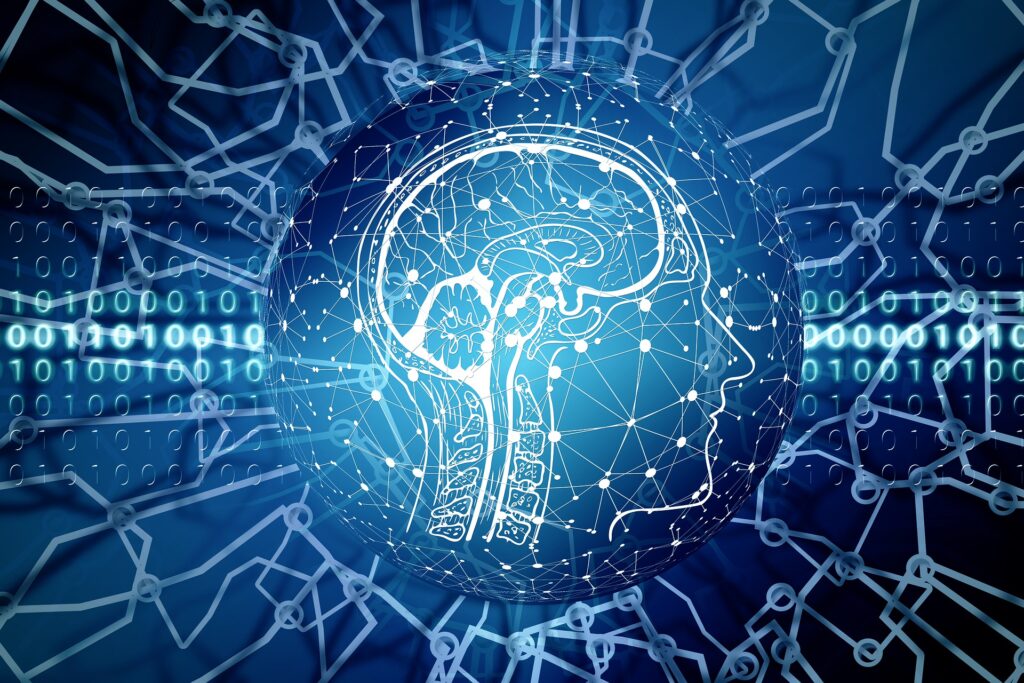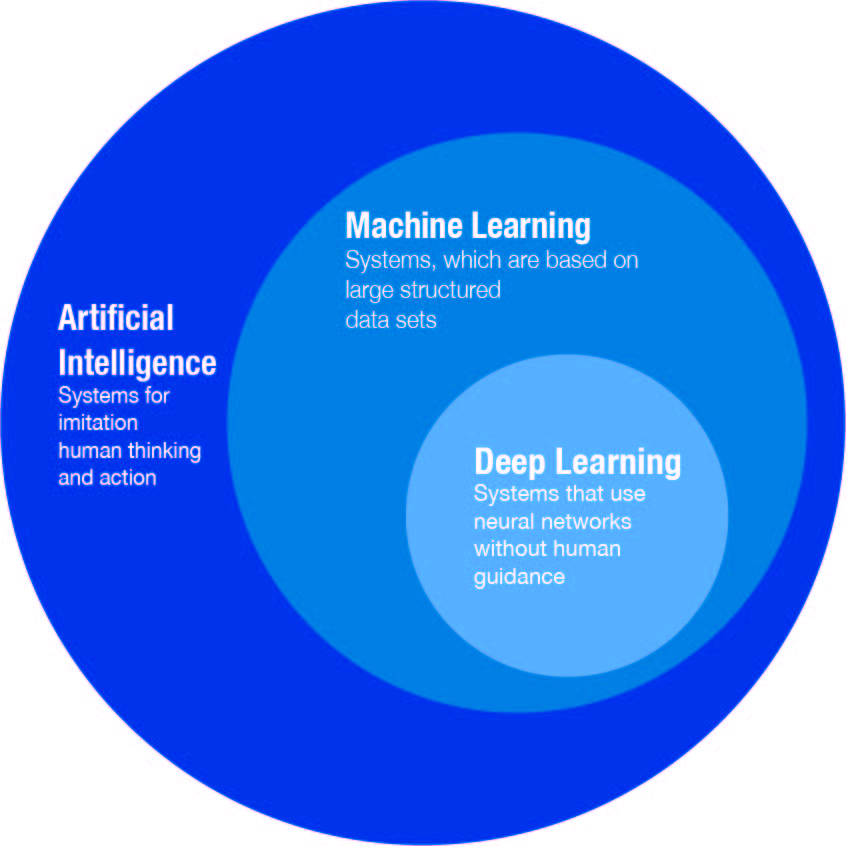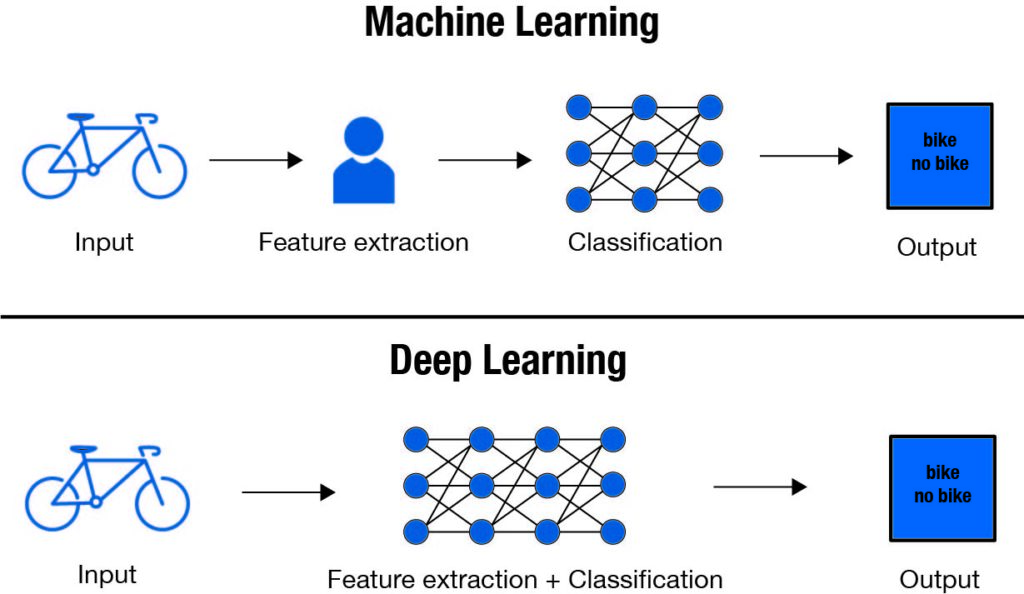
Machine Learning – A subarea of artificial intelligence
- No Comments
“Artificial intelligence is nothing more and nothing less than the key technology for industry and science today.”
In almost all areas of life, experts see great potential for artificial intelligence (AI) opportunities. In particular, experts see great potential in quality issues. In Germany, Austria and Switzerland, for example, quality management is the No. 1 area of application. Quality controls are usually carried out manually by an employee, but this carries the risk as a company of not being able to deliver consistent quality, so artificial intelligence is becoming increasingly important in this area. Using Machine Learning algorithms for Big Data analytics is a logical step for companies looking to maximize the potential value of their data.
Machine learning (ML) and deep learning (DL) are subfields of artificial intelligence. Using these two techniques, one can create computer systems and applications that perform tasks typically associated with human intelligence. These tasks include image recognition, speech recognition, and language translation.
Translated with www.DeepL.com/Translator (free version)
What is machine learning?
It is a subset of artificial intelligence. Classic machine learning uses algorithms to analyze data. ML learns from these data sets and makes informed decisions. These methods identify patterns by decomposing data sets into hierarchical structures in the best possible way. Machine learning requires complex math and programming (mostly Python) to achieve the required functions and results. For machine learning to work and for the software to make the decision, a human must train the algorithm. By providing training and sample data, the algorithm can identify relationships and patterns and thus learn from data.

Machine Learning vs. Deep Learning
Machine learning is a subset of artificial intelligence. It enables systems to learn and improve autonomously from data without being explicitly programmed.
Deep Learning is a special subfield of machine learning and is based on artificial neural networks. The structure of artificial neural networks consists of several input, output and bent layers. Each layer contains units that transform the input data into information to be used by the next layer to perform a specific prediction task. This allows the computer to learn through its own data processing. Often Deep Learning is used for object recognition.

The main difference between the two subfields is the ability to process unstructured data through artificial neural networks (KNNs). This is because Deep Learning is able to convert unstructured information such as texts, images, sounds and videos into numerical values through KNNs. This extracted information is then used for pattern recognition or further learning. Machine Learning, in contrast, requires human feedback to optimize the algorithm after the initial application phase.
Application areas
Machine Learning is the predecessor technology of Deep Learning, therefore all tasks that are solved with Machine Learning can also be processed with Deep Learning. Since Deep Learning requires much more resources, everything that Machine Learning can do is also solved by Machine Learning. ML is mainly used for online marketing, customer support or even sales. In comparison, DL is used for IT security, customer support or voice assistants, for example.


